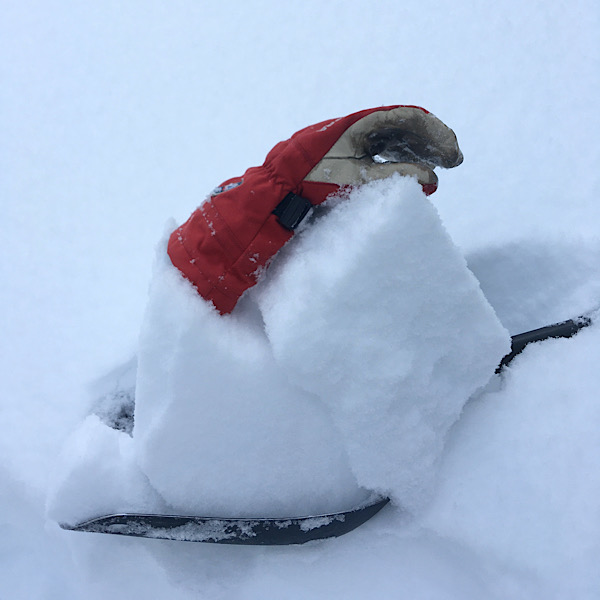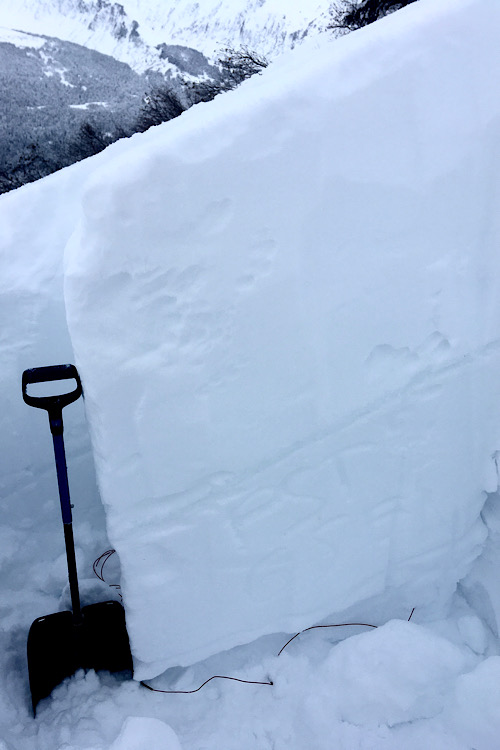Turnagain Pass
|
|
The avalanche danger is MODERATE at all elevations. Triggering a wind slab is possible in steep wind loaded terrain. In addition, triggering a very large and dangerous deep slab avalanche remains a concern across the forecast area. Avoid travel on or under cornices and watch for sluffing in steep protected terrain. Evaluate snow and terrain carefully.
SUMMIT LAKE TO SEWARD REGION: The likelihood for triggering a large slab avalanche is higher due to a weaker snowpack and wind effect. Northwest winds today may increase the hazard. Watch for blowing snow and loading. Extra caution is advised.



